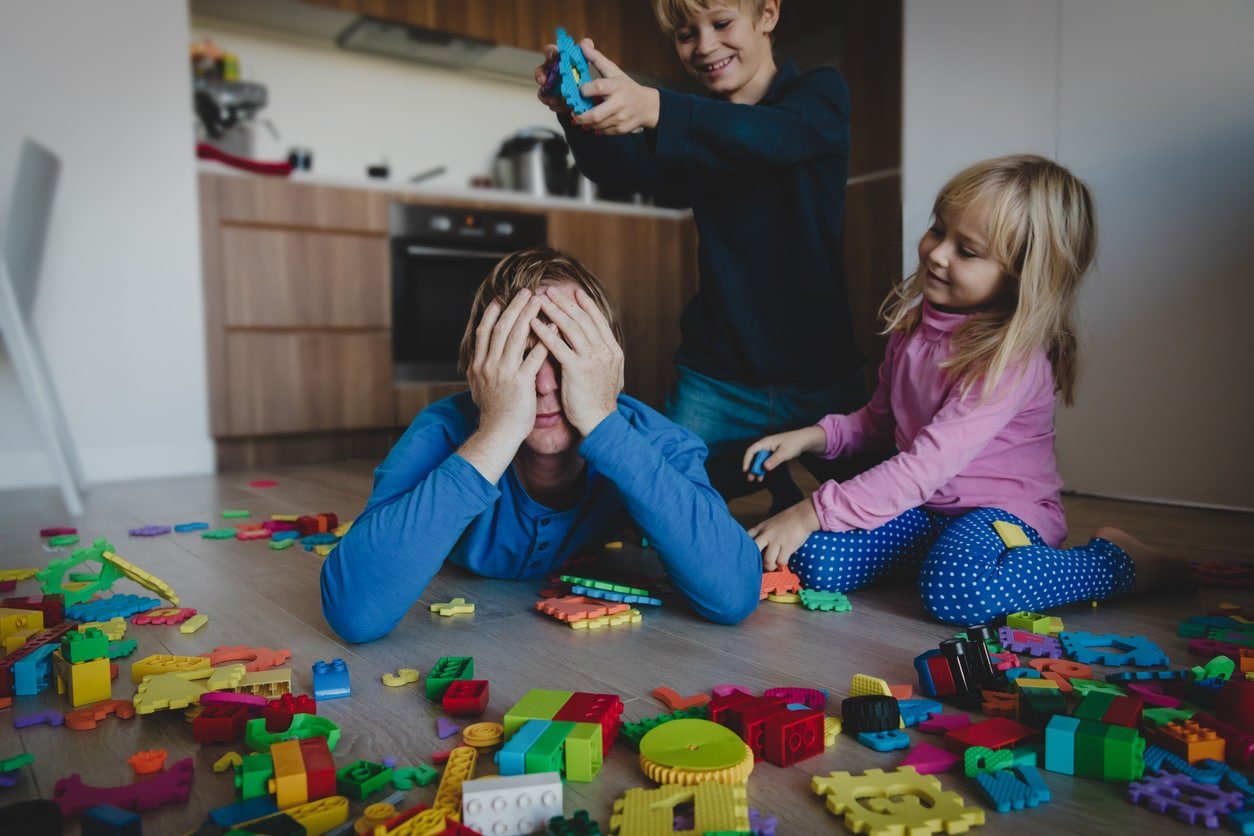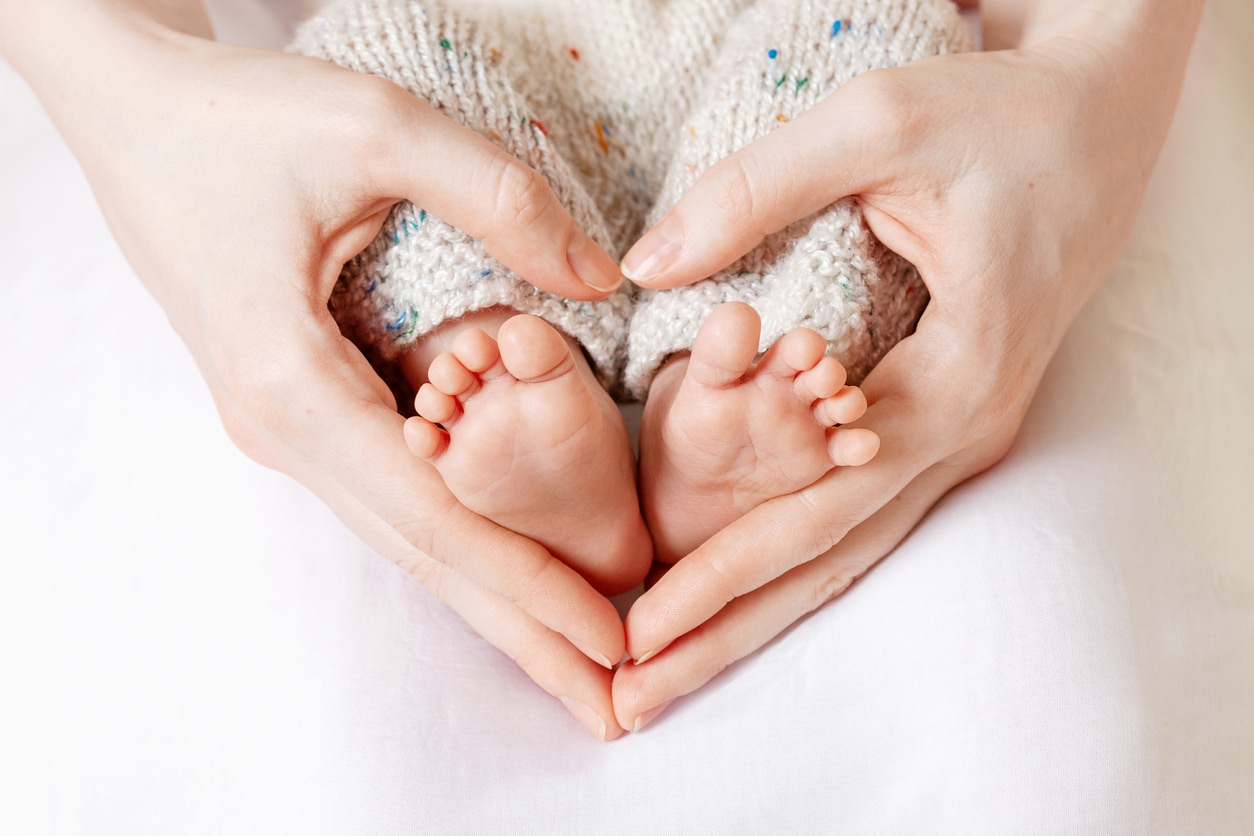“I’ve got 10 minutes to kill.” This is a phrase I said almost daily in my previous life as an investigative reporter. I worked long hours and had days where I didn’t have time to eat, let alone zone out on my phone. But I also had downtime when waiting for an interview or preparing a live report. It was far more downtime than I realized at the time. When I became a stay-at-home parent, I realized how much downtime I really had then. My job didn’t come with official breaks every couple of hours, but I found ways to weave in 10 minutes here and 15 minutes there when I needed it to avoid burnout. As a stay-at-home parent, that mentality became a thing of the past.
Stay-at-Home Parents Are Always “On”
I feel the need to be on and engaged as much as possible. Not just because it’s now my primary focus but because I know the long-term effects of being a present and active parent are significant. But there are plenty of days when there are no breaks.
Recently, my three-year-old daughter, Adley, was sick with a high fever for several days. She was uncomfortable, irritable, and not sleeping well day or night. It required my full attention at all hours. By the end of the week, she was feeling better, but I was burned out.
All Adley wanted to do was play in the park or swim at the pool. But I needed time to recharge. Luckily, my wife recognized this and took Adley to the science museum that Sunday afternoon. That gave me a few hours to relax, exercise, and mentally regroup. I had dinner waiting when they returned and felt like a new man.
Burnout Isn’t Just for People in High-Stress Jobs
We often think of burnout as something that happens in high-stress jobs and careers, but it’s also becoming a more recognized condition among parents.
The American Psychological Association details the impact of parental burnout in a 2021 article.1 Created by Belgian researcher Isabelle Roskam and her colleagues, the assessment describes four emotional stages parents experience when facing burnout.
The first is overwhelming exhaustion, followed by the second phase: parents distancing themselves from their kids. The third phase is a loss of fulfillment in being a parent, and the fourth is feelings of extreme frustration with their parenting role.1
According to the article, “As with job burnout, parental burnout symptoms build on each other; the phase one exhaustion sticks around through the distancing and loss of fulfillment. As a result, Roskam said, parents with burnout typically report a contrast between the parents they were, the parents they would like to be, and the parents they have become. This contrast, she added, can cause burned-out parents to feel inescapable distress, shame, and guilt.” 1
The U.S. Among Worst Countries for Parental Burnout
Roskam’s 2018 study included parents from 42 countries, finding burnout the highest in the U.S., Poland, and Belgium. That’s where the prevalence of parental burnout is between 7% and 8%.2
While this is a real problem, it’s not hopeless. Even the busiest parents can take steps to care for themselves and avoid burnout. Experts say taking time off is not only crucial for your self-care, but it’s good for your children. Going for a walk, meditating, or catching up with a friend on the phone can all be effective ways to give yourself a break.3
Even if you only have a few minutes, finding a safe activity for your kids while you read a book nearby can help boost your energy and mood.
There are Solutions to Parental Burnout
Finding solutions is the most essential step in solving a problem. But we also need to acknowledge the issue of perception. Too many people view being a stay-at-home parent as something other than work.
I’ve had conversations with friends who think it’s one long break. This perception is not only dismissive but also harmful and can negatively impact the effort that goes into raising your child. If caregivers don’t feel supported, they will likely shoulder more of the parenting load, creating an environment ripe for burnout.
I’ll be the first to admit I was guilty of this perception, too. I envisioned long, relaxing breaks during naptime and smooth sailing the rest of the way. Those days occasionally present themselves, but they are few and far between. Being a stay-at-home parent is the most challenging job I’ve ever had. But I can’t imagine doing anything else. My perception was 100 percent wrong, and I hate that it took me experiencing this life to come to that realization.
I hope others won’t make the same mistake and appreciate what the stay-at-home parent in their life is doing. While a “thank you” is always appreciated, if you want to help, offer to watch my daughter for a few minutes so I can take a break.

 PARENTING TIPS
PARENTING TIPS PREGNANCY
PREGNANCY BABY CARE
BABY CARE TODDLERS
TODDLERS TEENS
TEENS HEALTH CARE
HEALTH CARE ACTIVITIES & CRAFTS
ACTIVITIES & CRAFTS


